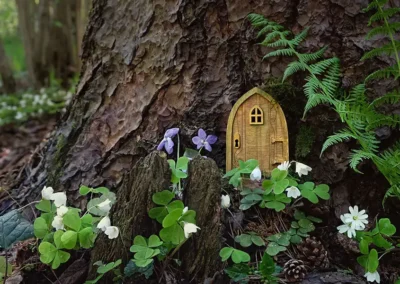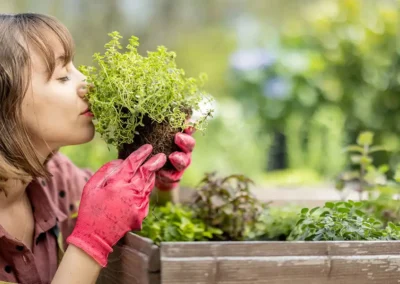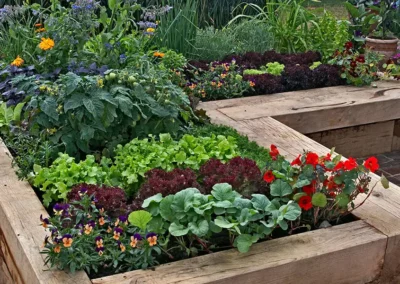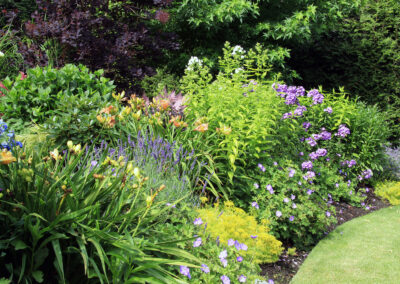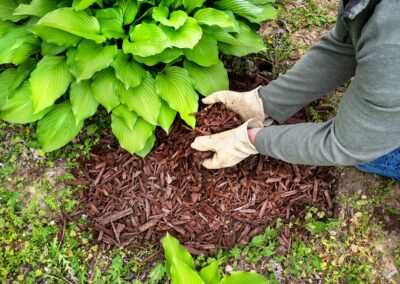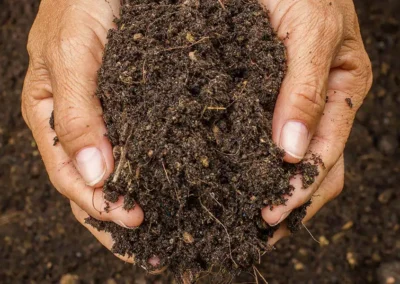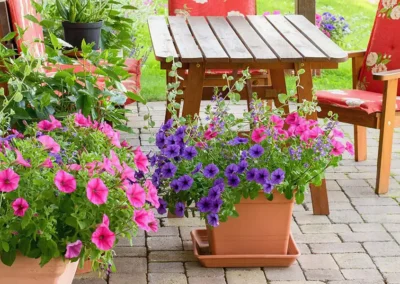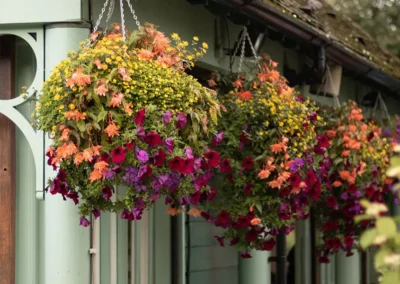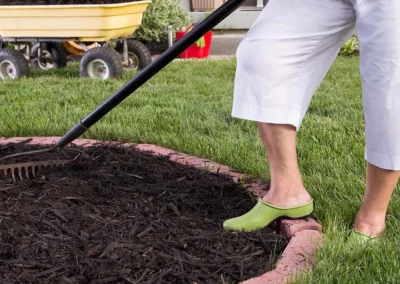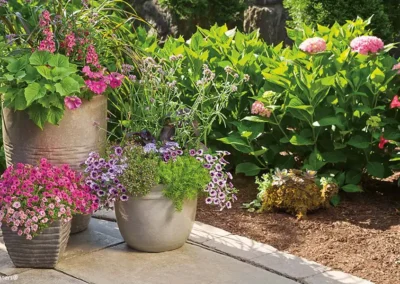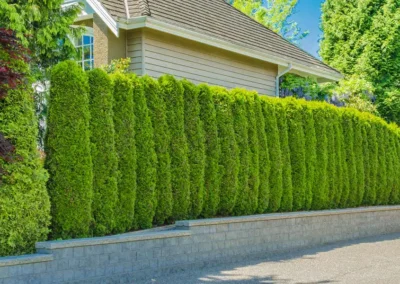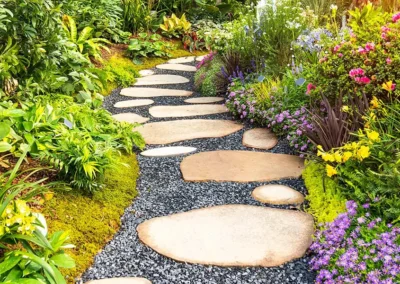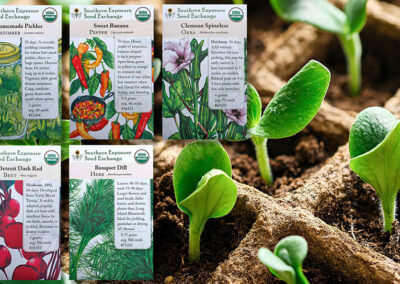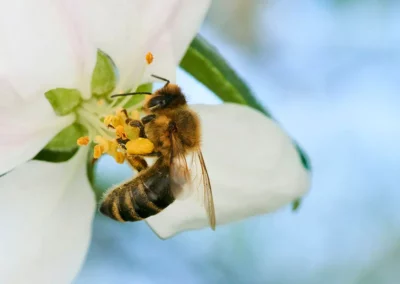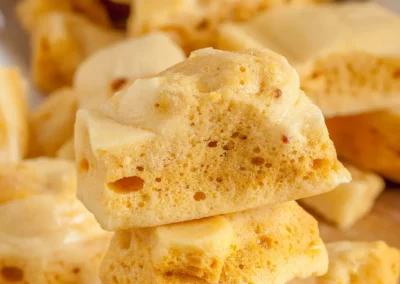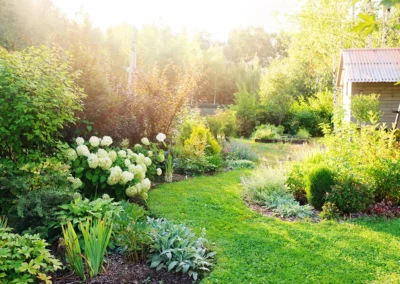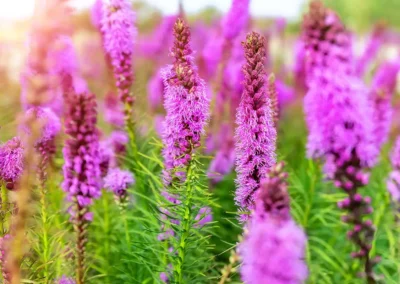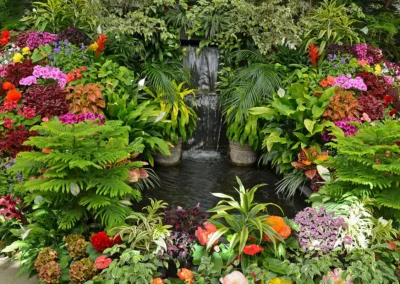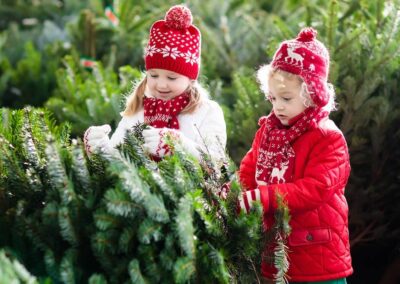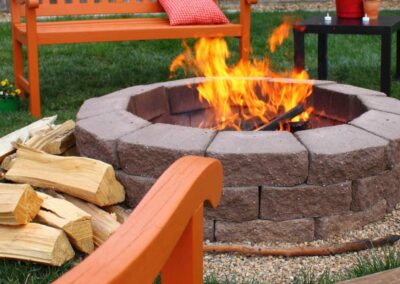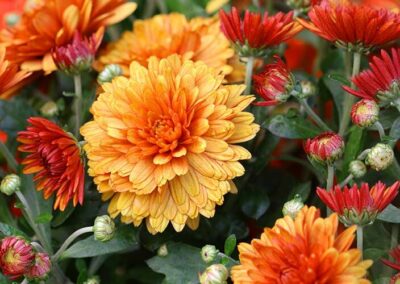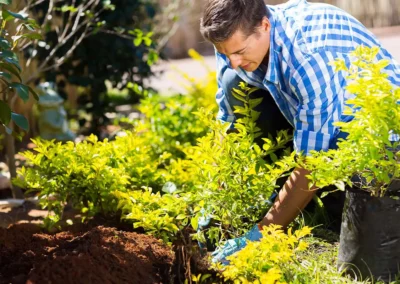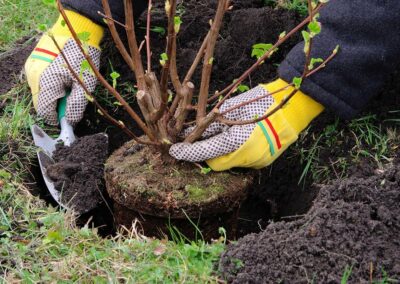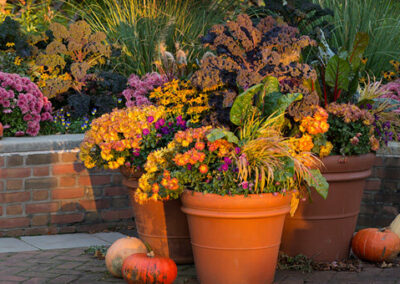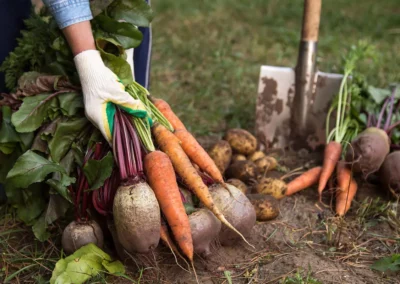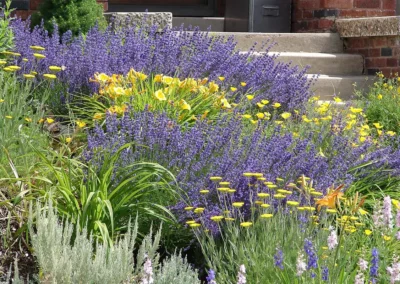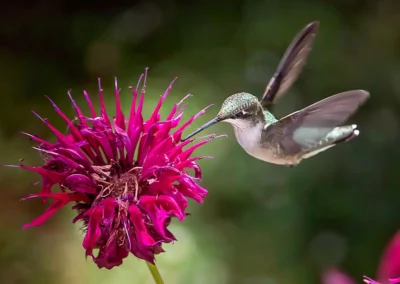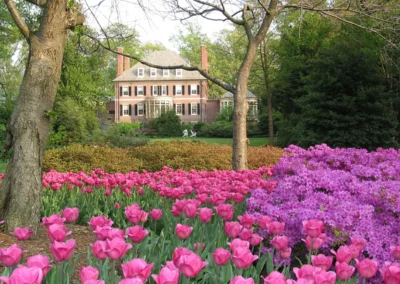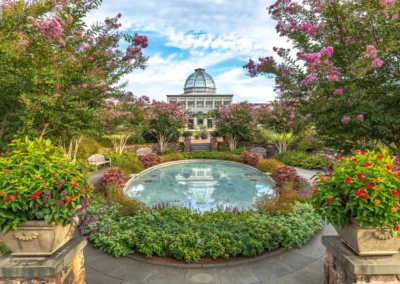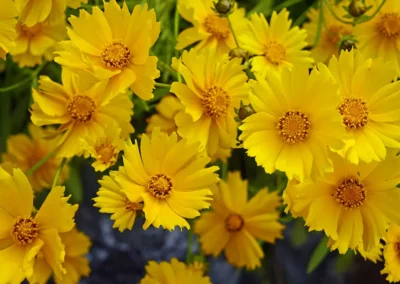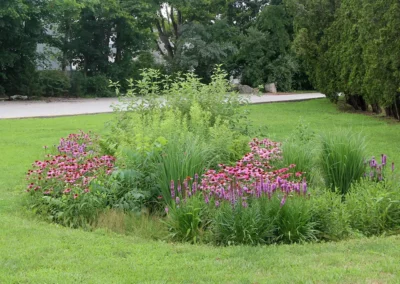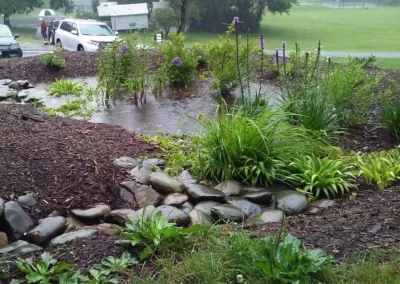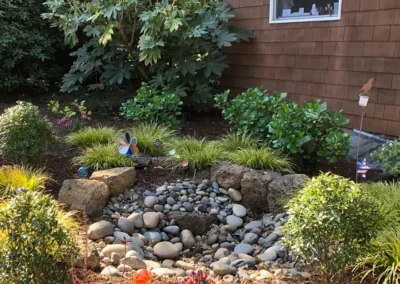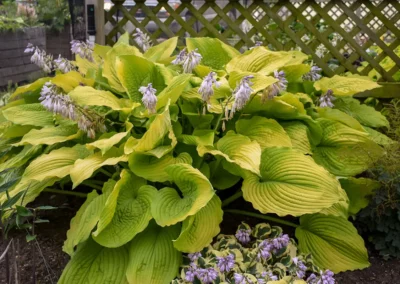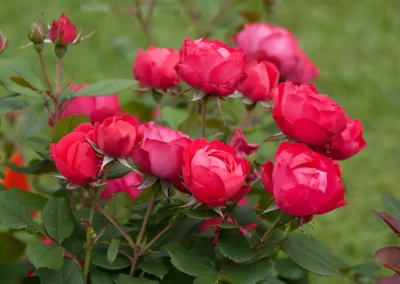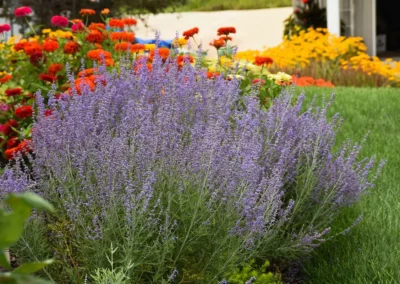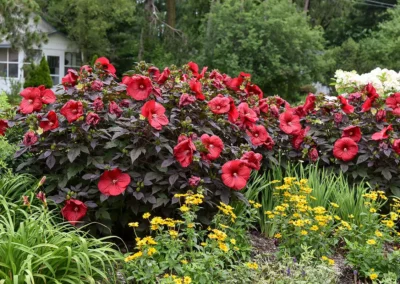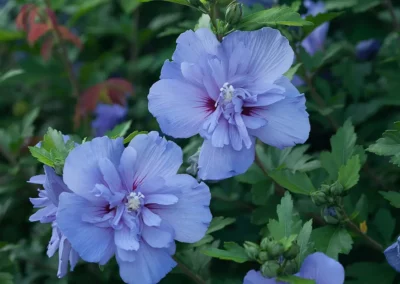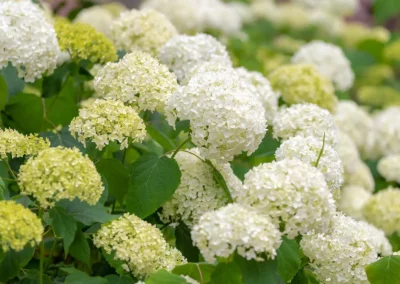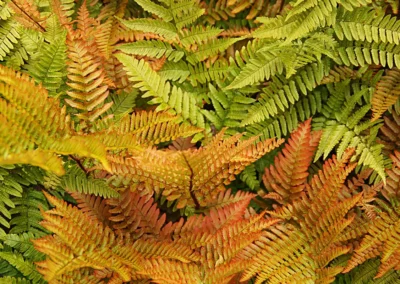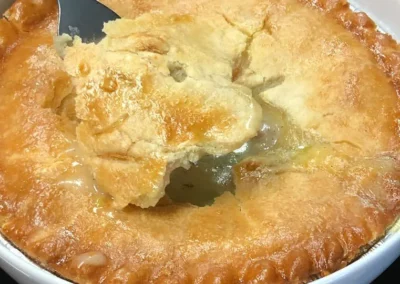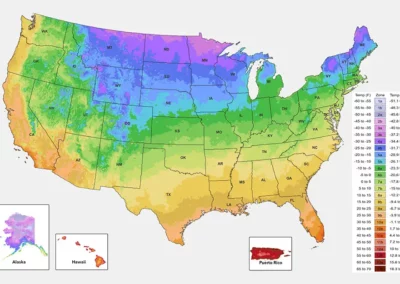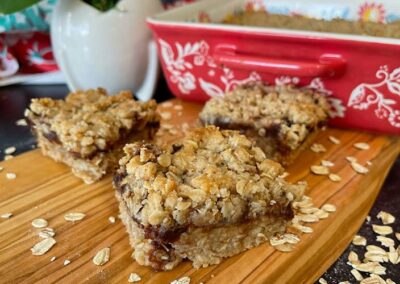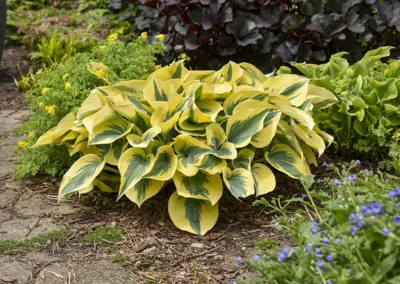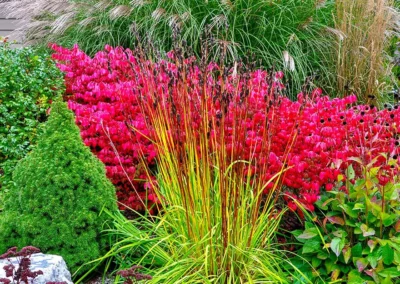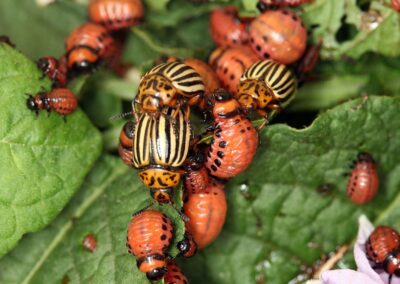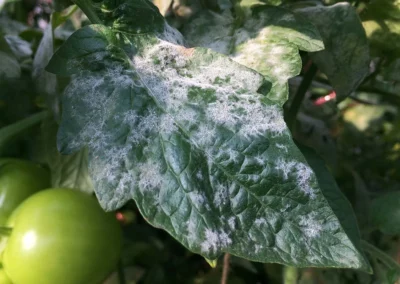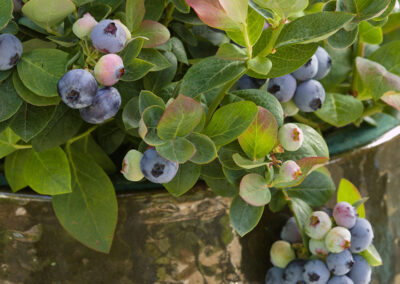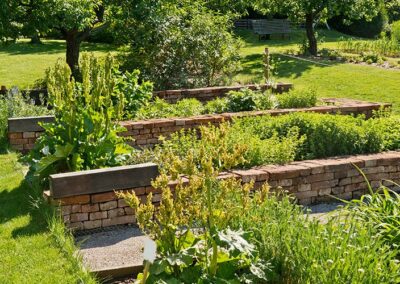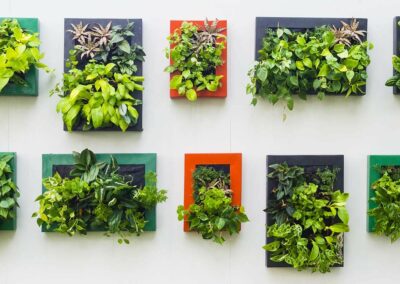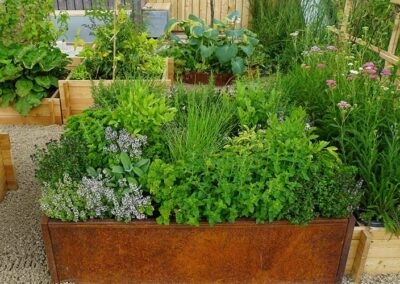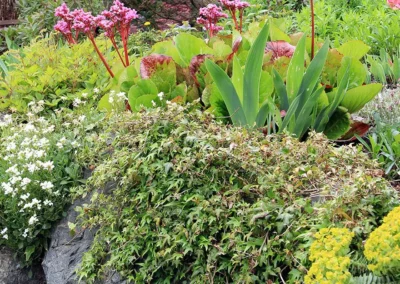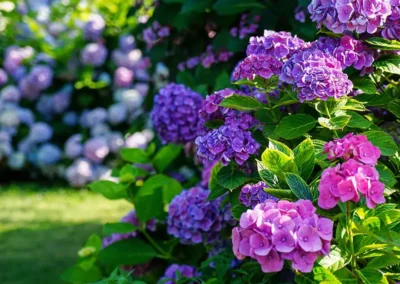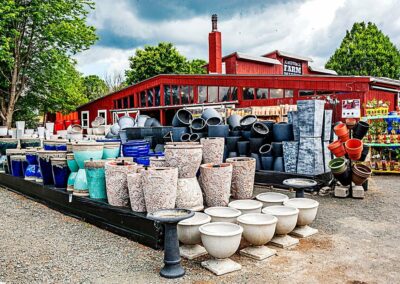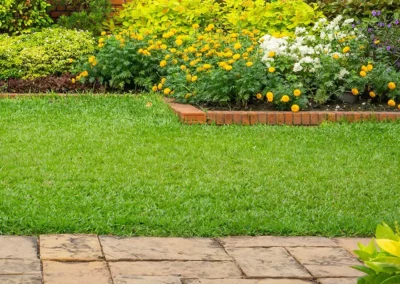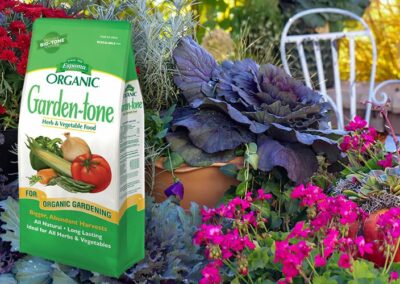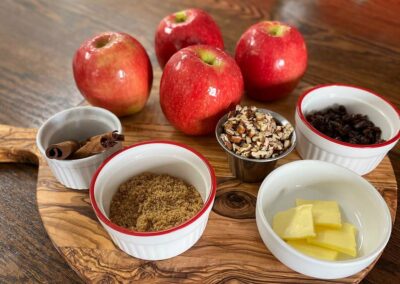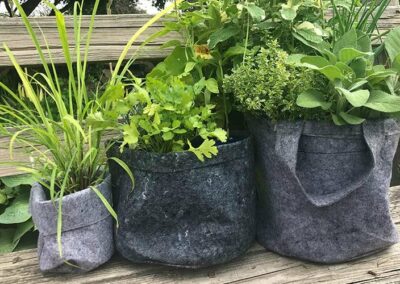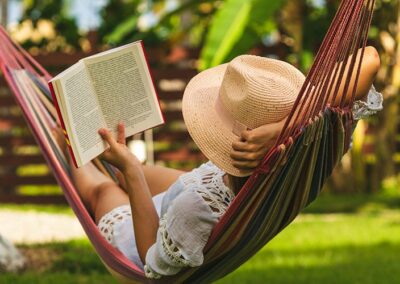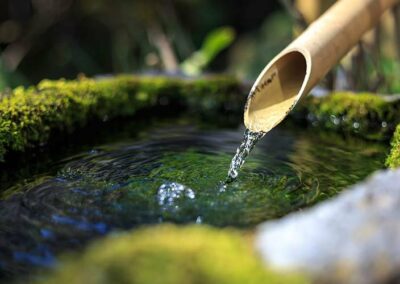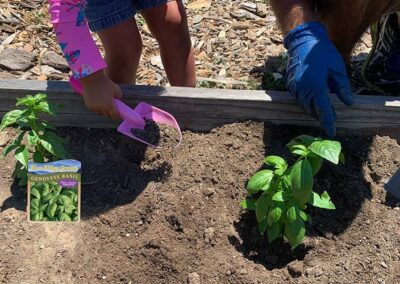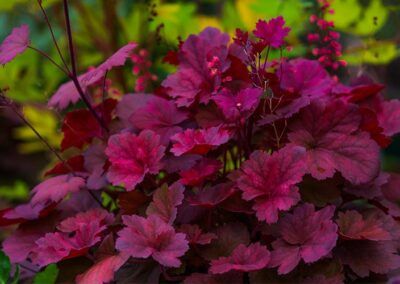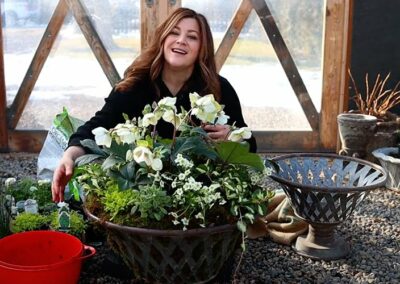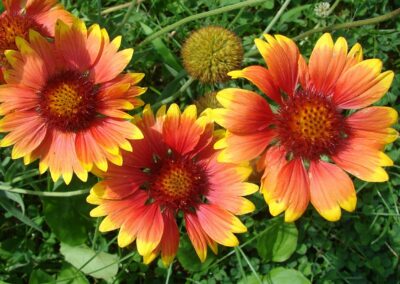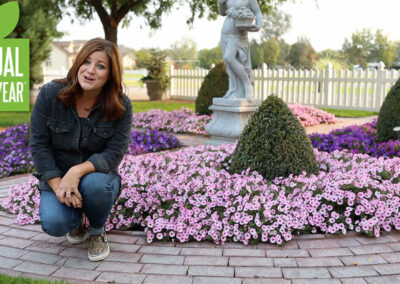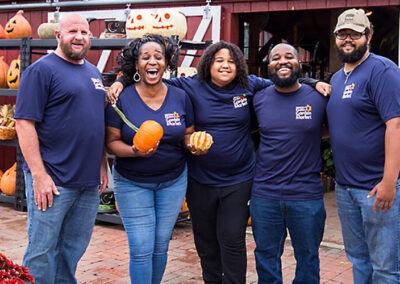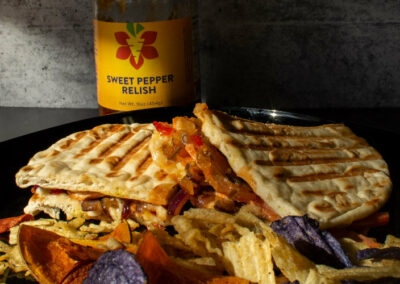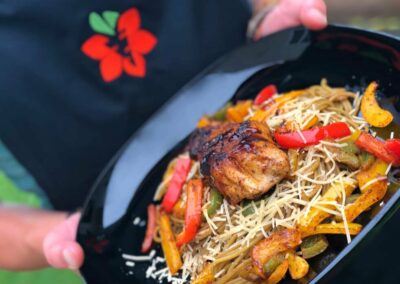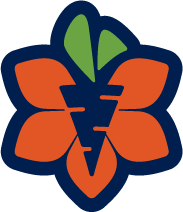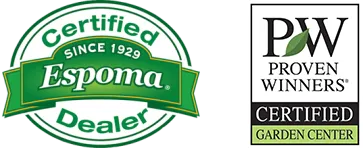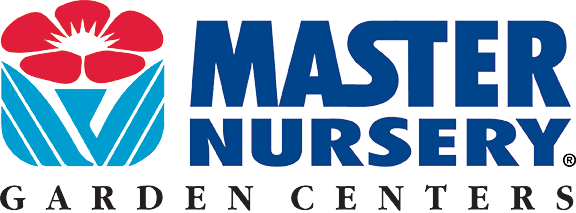The trend of “rewilding” is gaining momentum. If you haven’t heard of this, it’s essentially what it sounds like: returning your garden to a more “wild” state, and managing it in a way that allows nature to play a bigger role in your landscape design.
Think organized chaos. Think wildflower meadow. Think busy and beautiful. This focus on looser “nature-scaping,” where plants can grow more freely, encourages a richly diverse and natural landscape that’s more friendly to native wildlife. In fact, rewilding is hugely beneficial to your garden’s soil and ecosystem and, more importantly, to the insects, birds and animals that depend on it.
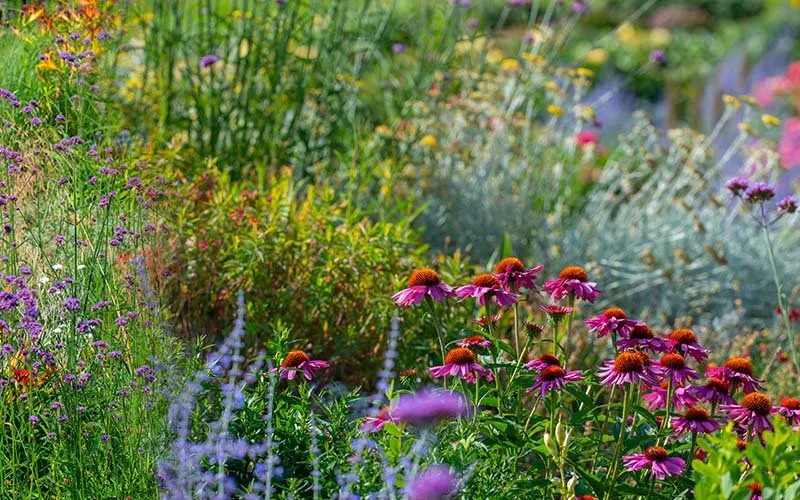
That doesn’t mean you should simply let your lawn just get to the point where your neighbors are wondering if you’ve abandoned the property…
Easy things first.
If you don’t have them already, install feeders and nesting boxes to attract birds.
Don’t get stressy over messy.
Let the grass grow long, learn to love a few weeds and accept that a thorny bramble here or there provides valuable shelter and food for birds. But do have a plan for the chaos and work your plan.
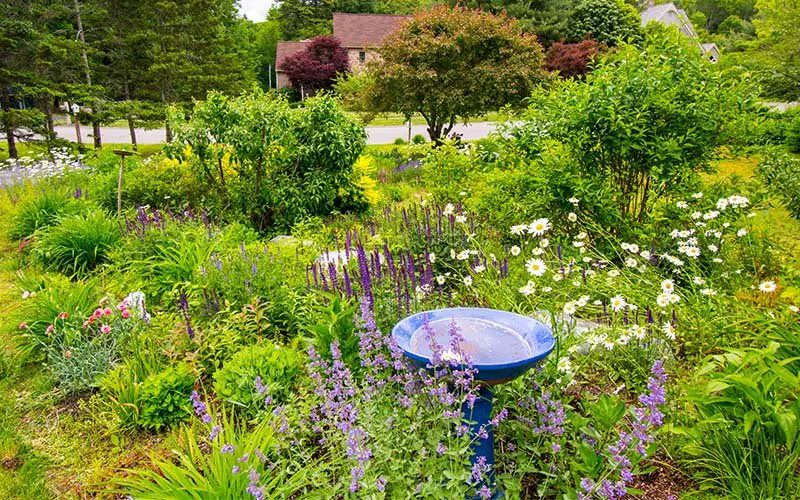
Include a water source.
Who doesn’t like a fresh drink of water? Wildlife will appreciate it and love your garden for it. And it can be as simple as a birdbath (or a saucer on the ground) you regularly refresh.
Go organic.
Rather than using chemicals, introduce predators such as ladybugs if you have problems with aphids, or use nematodes to deal with slug issues.
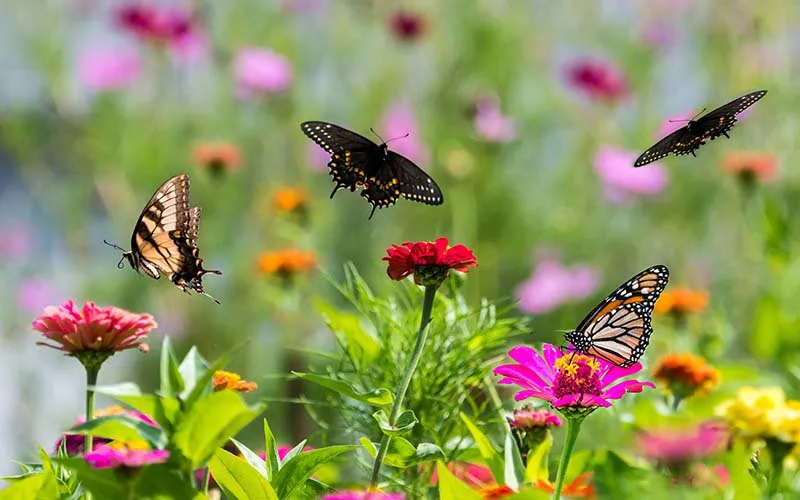
Bring in the pollinators.
Choose nectar- and pollen-rich plants like wildflowers and old-fashioned varieties of flowers that pollinators love. One strategy is to be sure there’s always something blooming from March through October.
Plant wildflowers.
Speaking of flowers… If you are wilding grassy areas, then choose plants that can cope with competition such as meadow geraniums, wild roses and poppies.
Replace traditional fencing.
Plant native hedging rather than fencing. Not only will it provide shelter for birds, if it has flowers and berries (like hawthorn, cotoneaster, blackthorn, holly…), it will feed them as well.
What if you don’t have a lawn? What if you just have a porch or a deck? You can plant wildflower seeds in window boxes and pots!
Provide these things and wildlife will start to feel comfortable in your garden almost right away, creating a soothing and uplifting space for you as well.
Who doesn’t want to wake up to birdsong, marvel at a busy bumblebee or follow a fluttering butterfly through a rich and wild garden on a summer’s day?
For more inspiration or for plants and other things to help you “get wild,” come see us at Reston Farm Garden Market.

